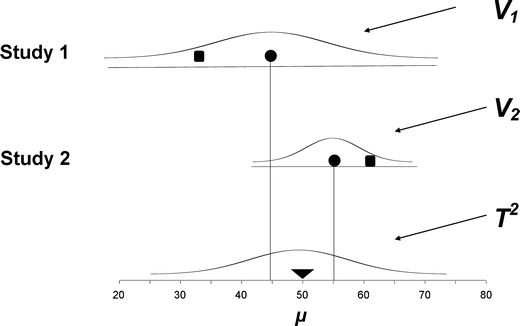

Although it has a purchase cost, it is usually already installed in most computers, bundled with Microsoft Office package. Īnother option would be to analyze data using directly Microsoft Excel. Some other options are no longer available, as FAST*PRO, and others are still currently under development, as Meta-Analyst.

#We used comprehensive meta analysis for free
It can be used for analysis of descriptive data selecting the input type to "continuous", but the free version does not allow for analysis of original data, only build in datasets. Finally, there is also Meta-Analysis Made Easy (MIX), an add-on for Excel. It can perform advanced analyses, but there are still limitations regarding graphic display, particularly of descriptive data, since CMA does not allow customization of the forest plot produced.

The former only accepts three types of primary data, while the latter has a purchase cost, but accepts more types of data.
#We used comprehensive meta analysis for software
Metawin and Comprehensive Metanalysis (CMA) are commercial software that have user friendly interfaces. It only accepts effect sizes in traditional formats. RevMan is a freeware program from the Cochrane Collaboration that requires the researcher to fill all steps of a systematic review. There are some software packages specifically developed to conduct meta-analyses. R is a very resourceful open source package, but its use in health is still limited, due mostly to the need of programming instead of a point-and-click interface. Additionally, the first three programs do not have free access, with prices ranging from $250 to over $30,000 depending on version and country. These can be downloaded, but are not always easy for the researcher to understand or customize. General purpose statistical packages such as SPSS, Stata, SAS, and R can be used to perform meta-analyses, but it is not their primary function and hence they all require external macros or coding. Some of the studies are not concerned with the assessment of relative risks or odds ratios, but are focused on a summary statistics of incidence or prevalence. Meta-analyses of these studies are becoming more common, particularly after publication of the MOOSE statement. Although reviews of interventional studies, especially clinical trials, provide the best evidence, there are several situations in which observational studies are the only alternative. Performing a search on Pubmed limiting to the type of article, the Mesh term "meta-analysis" will wield 4223 results in 2010 only. Meta-analyses and systematic reviews are necessary to synthesize the ever-growing data obtained from primary research. More important, to our knowledge this is the first description of a method for producing a statistically adequate but graphically appealing forest plot summarizing descriptive data, using widely available software. It is possible to conduct a meta-analysis using only Microsoft Excel. We have also developed a second spreadsheet capable of producing customized forest plots. We constructed a step-by-step guide to perform a meta-analysis in a Microsoft Excel spreadsheet, using either fixed-effect or random-effects models. Analyses can be conducted using Microsoft Excel, but there was no previous guide available. Most available softwares have limitations in dealing with descriptive data, and the graphical display of summary statistics such as incidence and prevalence is unsatisfactory. Commercial specialist software is available, but may be expensive and focused in a particular type of primary data. General purpose statistical packages can meta-analyze data, but usually require external macros or coding. Meta-analyses are necessary to synthesize data obtained from primary research, and in many situations reviews of observational studies are the only available alternative.


 0 kommentar(er)
0 kommentar(er)
